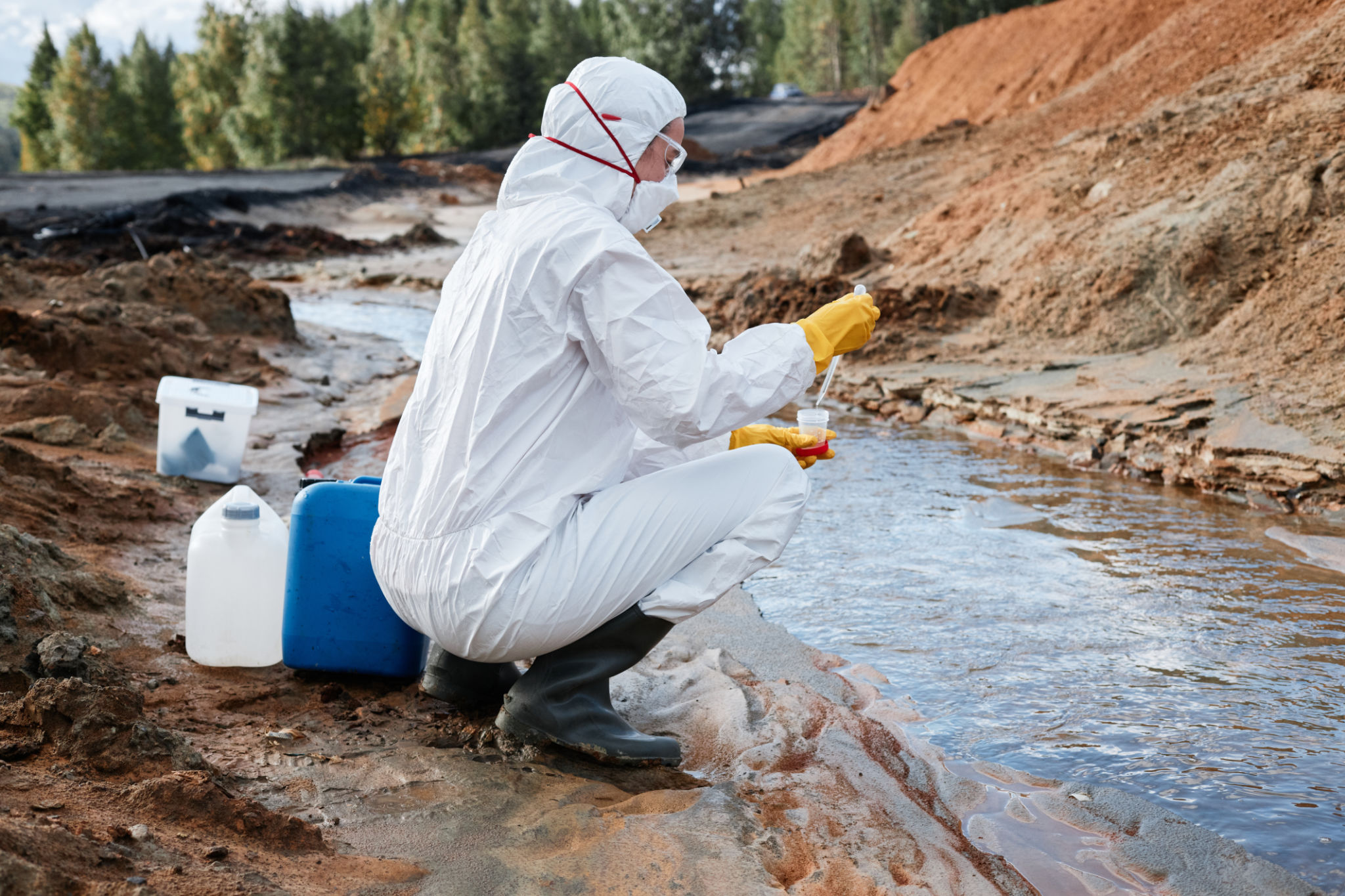Case Study: Successful Septic System Installations in Hawaii County
Introduction
Septic systems are a crucial component for many households, especially in rural areas where municipal sewer systems are not available. In Hawaii County, these systems are not only essential but must also be installed with care due to the unique environmental conditions. This case study explores successful septic system installations in Hawaii County, highlighting best practices and key considerations.

Understanding Hawaii's Environment
Hawaii County presents a unique challenge for septic system installations due to its diverse climate and topography. The volcanic soil, high rainfall in certain areas, and proximity to water sources necessitate a careful approach to design and installation. The county's regulations are stringent, aiming to protect the pristine environment and prevent contamination of water sources.
Volcanic Soil Considerations
Volcanic soil, common in Hawaii, poses both advantages and challenges. It is highly permeable, which aids in the absorption and filtration of wastewater. However, its unique properties also require specific engineering solutions to ensure system longevity and effectiveness. Proper soil analysis is critical in the planning stages to determine the most suitable type of system.

Designing the System
The design phase is crucial, as it determines the system's capacity and layout. Systems must be tailored to the specific needs of the property, considering factors such as household size, land slope, and soil type. An effective design helps in minimizing maintenance needs and preventing system failures.
Choosing the Right System
In Hawaii County, the choice between a conventional septic system and an alternative system often depends on the site-specific conditions. Alternative systems, such as aerobic treatment units, may be preferable in areas with high water tables or where soil conditions are less than ideal. These systems often offer enhanced treatment capabilities, reducing the risk of groundwater contamination.

Installation Process
Once the design is finalized, the installation process can begin. This involves excavation, tank placement, and the construction of the drainage field. Skilled contractors are essential to ensure that the installation meets all regulatory requirements and functions efficiently.
Regulatory Compliance
Compliance with local regulations is non-negotiable. Hawaii County mandates specific installation standards to ensure environmental protection. This includes permits, inspections, and adherence to setback requirements from water bodies and property lines.
Maintenance and Monitoring
After installation, regular maintenance is vital to ensure the system continues to operate effectively. Routine inspections and pumping, as needed, help prevent system failures and extend the lifespan of the septic system. Property owners should be educated on best practices for usage and maintenance to avoid costly repairs.

Conclusion
The success of septic system installations in Hawaii County hinges on thoughtful planning, expert design, and meticulous installation practices. By understanding the unique environmental challenges and adhering to strict regulations, contractors can ensure the long-term functionality and safety of these essential systems. This case study underscores the importance of a comprehensive approach to septic system management in this beautiful yet challenging locale.